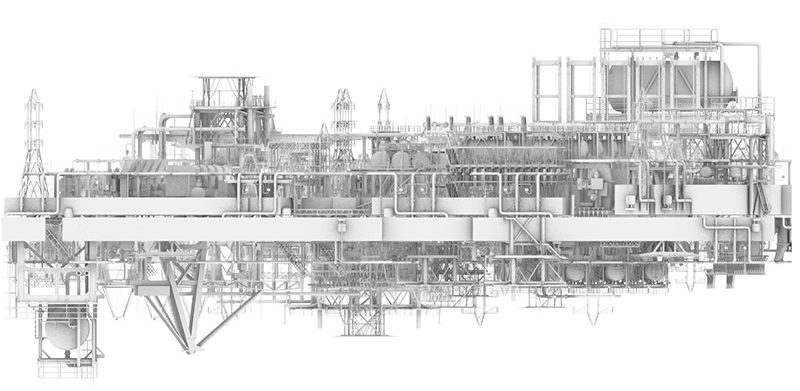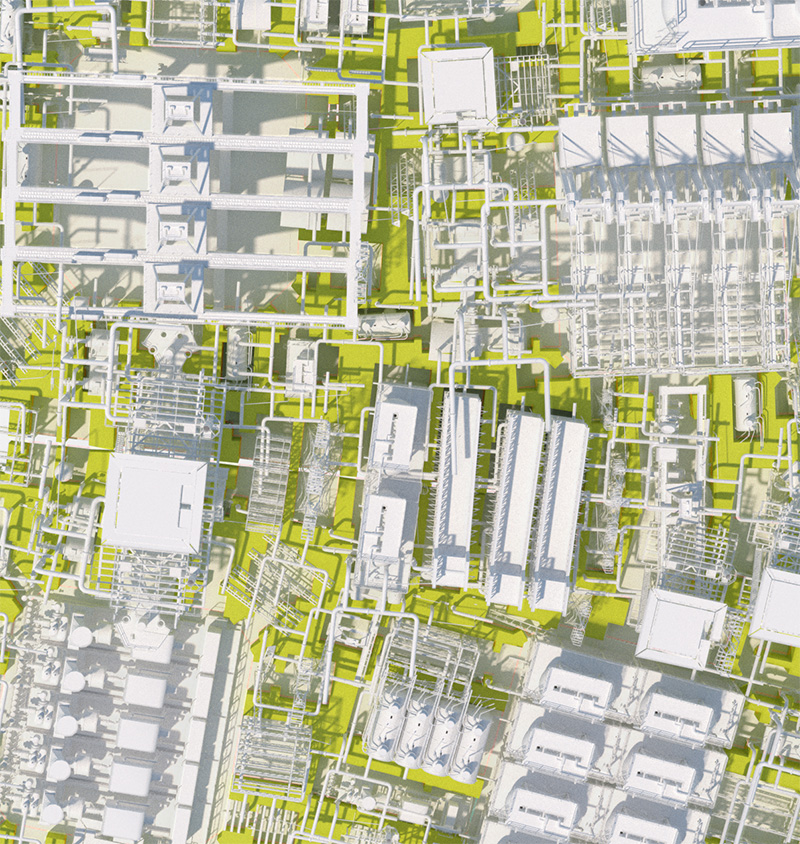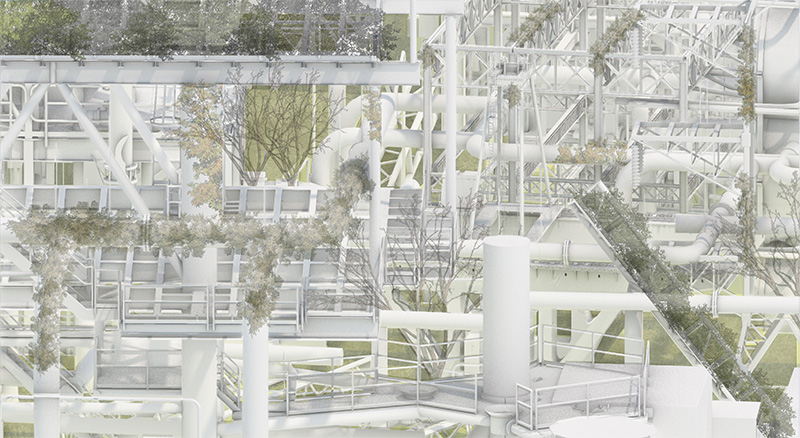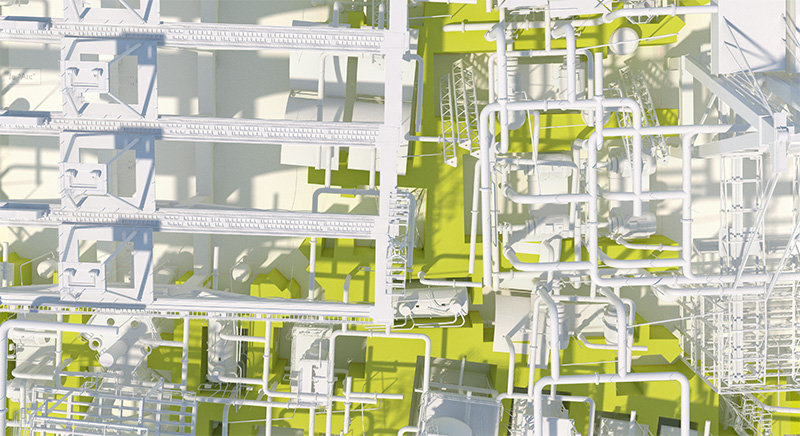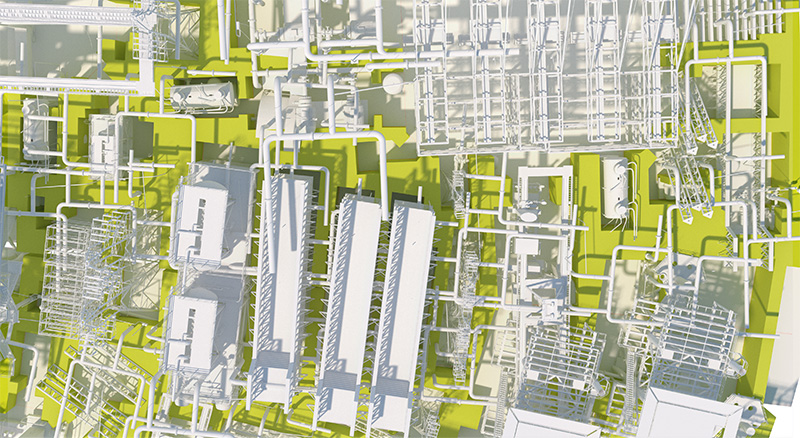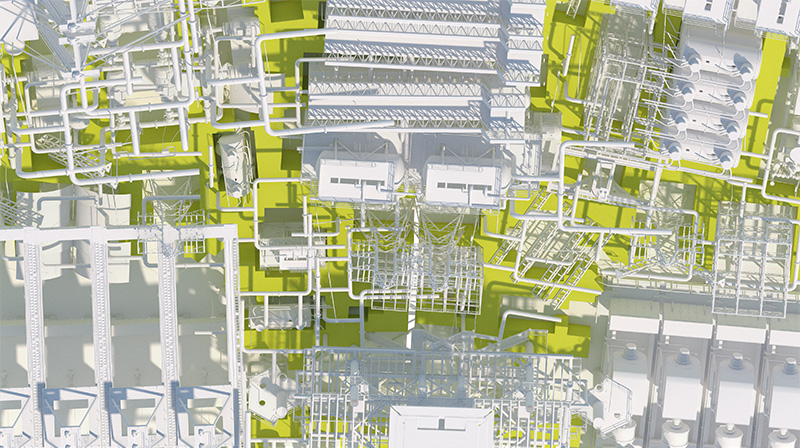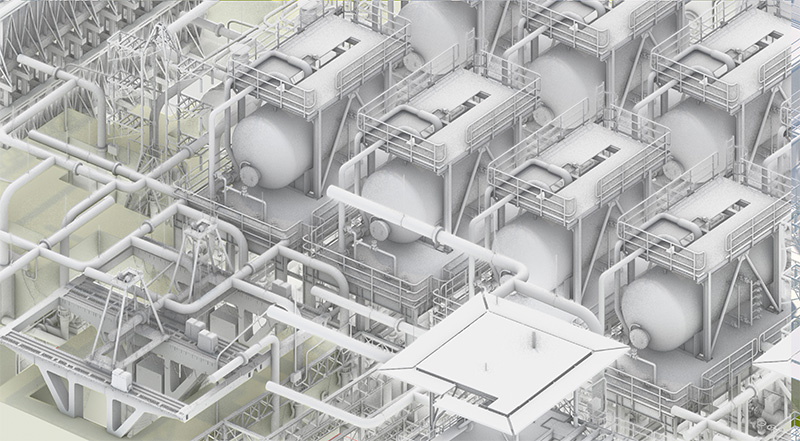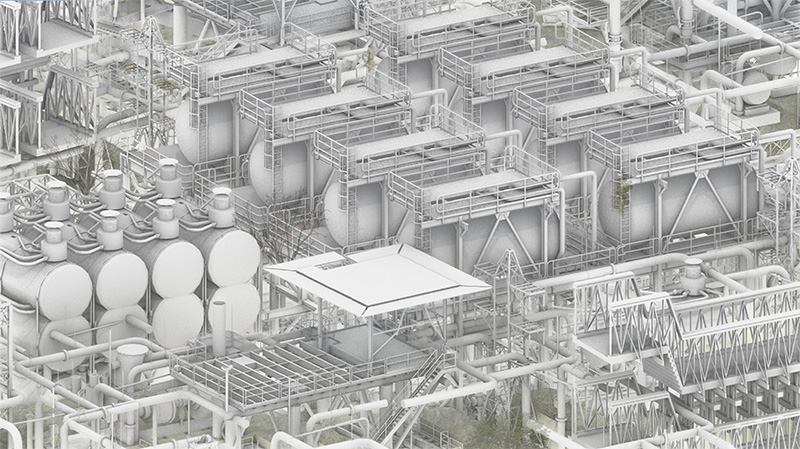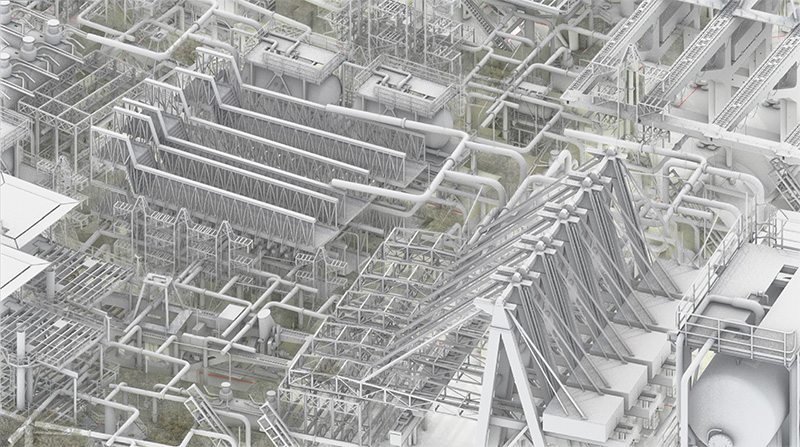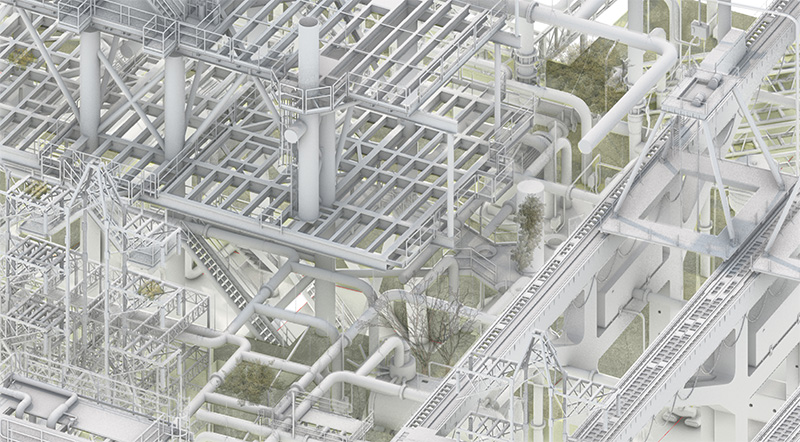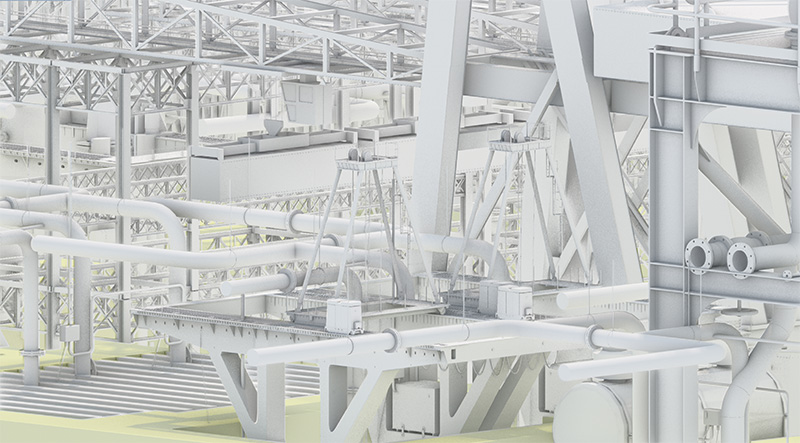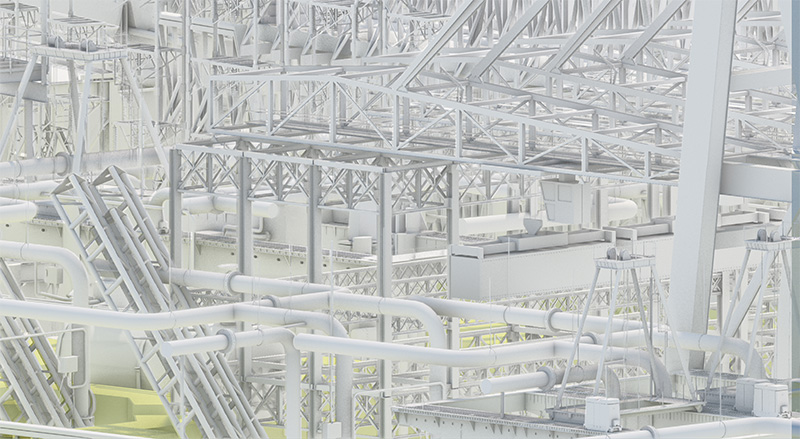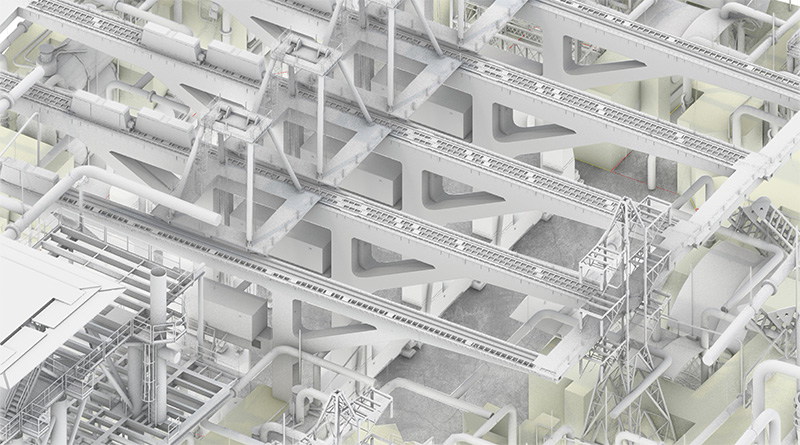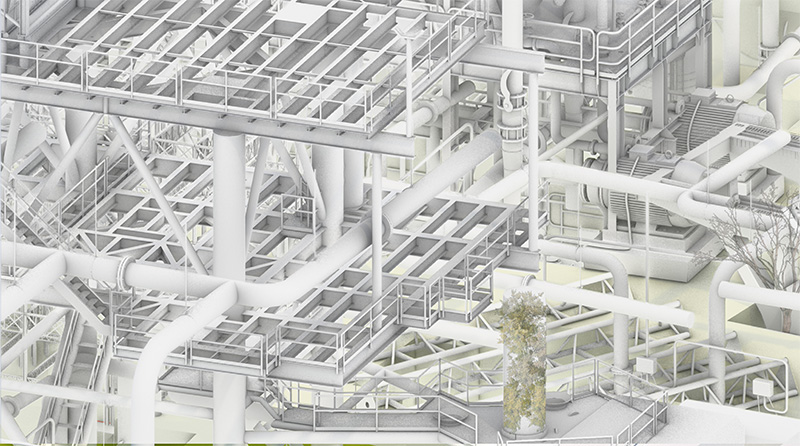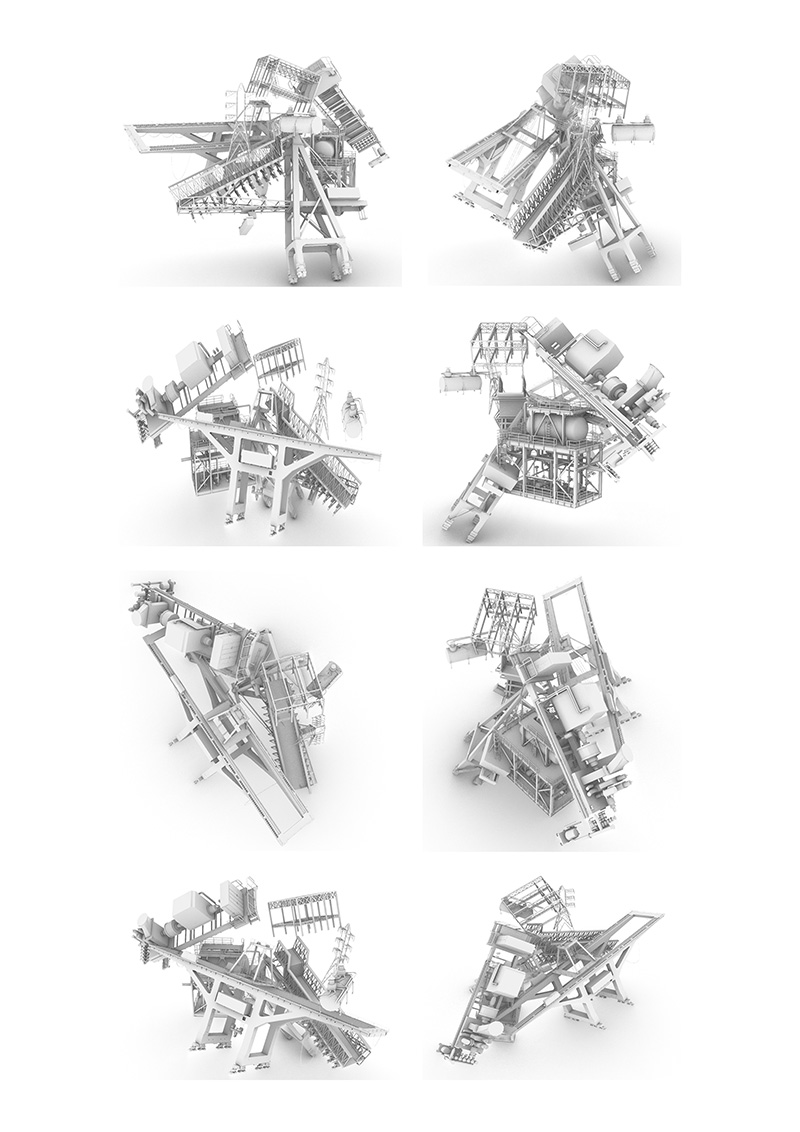The architecture of late capitalism manifests itself through a very diverse range of episodes: data-centers, warehouses, logistics hubs. Often considered by the disciplinary discourse as banal examples that sit outside of pre-established canons, these recent architectures are extremely relevant.
They are relevant not for their formal or historic qualities, but for what they represent – for the implicit system of values they embed. The spatial byproducts of late capitalism express, first of all, the presence of specific power relations, labor issues, and infrastructural hierarchies. Most importantly, these architectures, despite their typological diversity, share a common ground. They describe a sort of inner and extended condition:
THE EXTERIORLESS.
What follows is a speculative representation of this expanded domain, organized across a sequence of frames / visions aiming to emphasize the EXTERIORLESS salient characters, as well as to exacerbate its contradictions, and reveal its hidden qualities. The drawings presented here serve as a synecdoche: each frame is a fragment describing global scenarios and deploying at the same time potential and loss: technological optimism and death. Development and ruination of late-capitalist architecture.
EXTERIORLESS doesn’t immediately relate to materiality, nor to specific scales. EXTERIORLESS is the city. Or, in other words, EXTERIORLESS replaces the city as we have known it until recently. To borrow Andrea Branzi’s interpretation of architecture’s role in the XXI century, one may say that the city no longer foresees architecture. The architecture of the EXTERIORLESS presents itself as an alternative to the city: it is oftentimes anonymous and conventional. Its symbolism is bold.
Standard constructions, industrial buildings and typical infrastructures coexist in the same images: they describe a model with no exteriors, no interaction, no porosity. Architectures don’t obey any overarching project of planning. They relate to each other by collision and misalignments. The ground becomes an endless and introverted terrain of form accumulation.
The structures of the EXTERIORLESS are depicted as potential ruins – unused, progressively colonized by vegetation, refused by humans. Intrinsic to their conception is their obsolescence. As ruins, they are not a nostalgic representation of what is lost, but a prefiguration of the future through acceleration and architectural autonomy.

